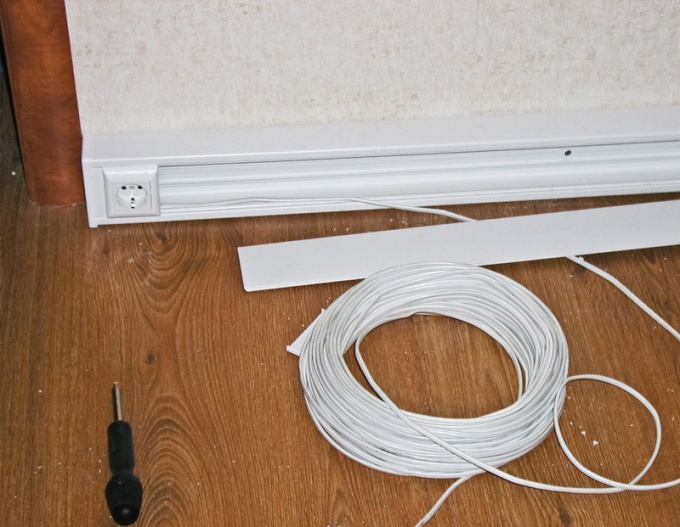You will need
- calculator
Instruction
1
Calculate based on quantity, areas of rooms and their purpose, amount and type of lighting load current in the lighting network. To do this, use the formula P=pS, where p is the power density of the illumination, measure in Watts per метр2 (average of 20 Watts), S is the area of the room. Example: there are 5 rooms with an area of 120 square meters. Power is equal to: 20×120=2400 Watts. Calculate the load current in the lighting network: 2400:220= 10.9 Amps.
2
Calculate the maximum power simultaneously include devices in each room. The average figure does not exceed 900 Watts for the living room. If in winter you will use oil filled radiators for heating, also keep in mind their capacity. Pay special attention to the kitchen: the most energy-intensive appliances to be there. While the inclusion of modern electric cooking plate output of 3000 Watts, built-in oven power of 3,500 Watts, microwave power of 1400 Watts, the kettle power 2000 Watt, washing machine (many people have a washing machine in the kitchen) with a capacity of 2200 Watts, fridge with capacity of 400 Watts food processor capacity of 1000 Watts (this situation may arise when preparing for some family celebration), the load current will rise to: 3000+3500+1400+2000+2200+400+1000=13500:220=61,5 Amp!
3
With insufficient conductor cross-section, the simultaneous operation of these devices will lead to the emergency shutdown of power at the most inopportune moment. Plus an electric heater in the bathroom with the capacity of 1000 Watt. Also in the calculation, enter the 15-percent reserve capacity. In our case, the maximum load current is obtained: approximately 11 Amps on the lighting + 900 Watts for 5 rooms = 4500:220=20.5 Amps maximum consumption in the living room + 61.5 Amps in the kitchen + 4.5 amps in the bathroom = 97,5:100×115=112 Amps.
